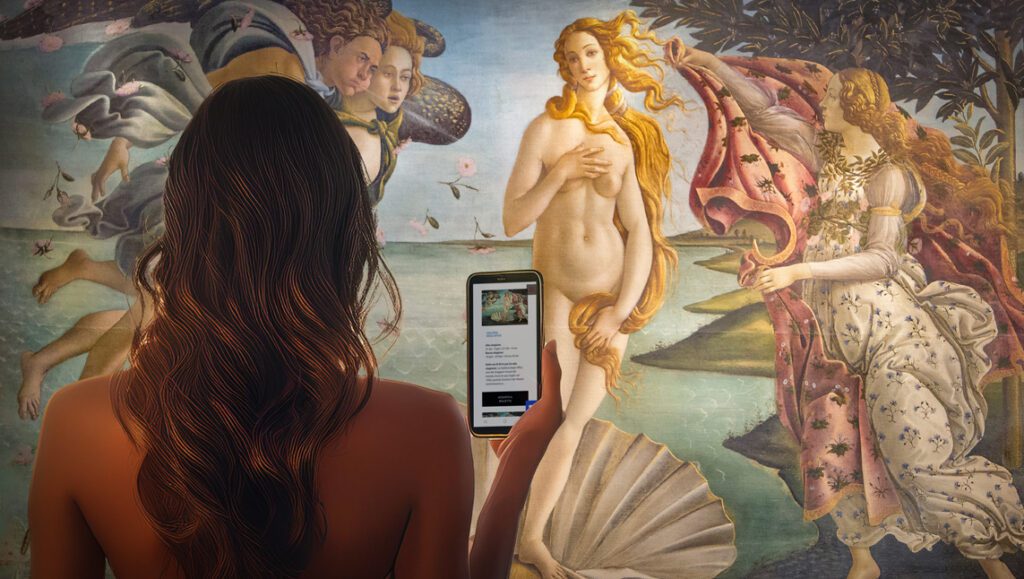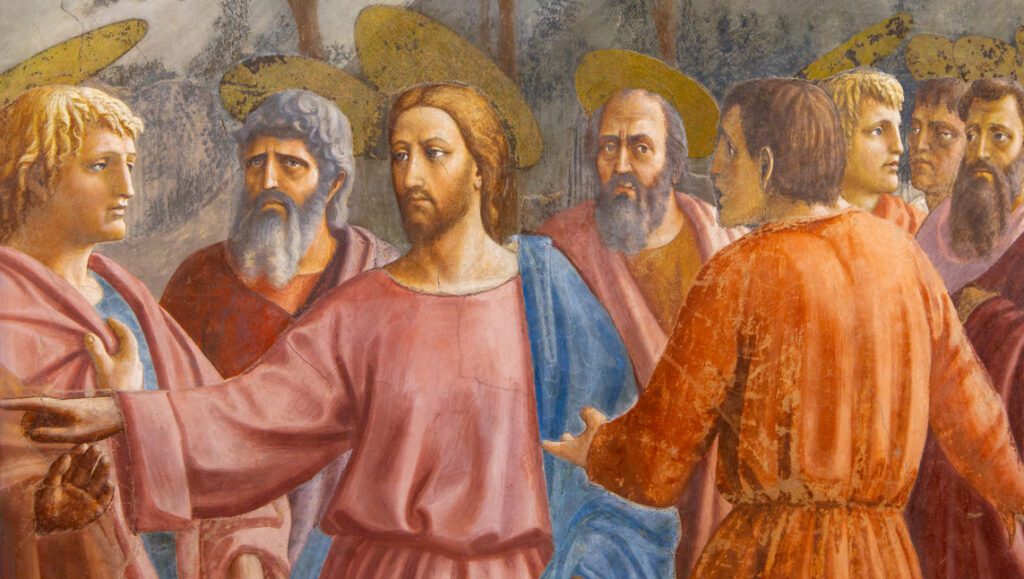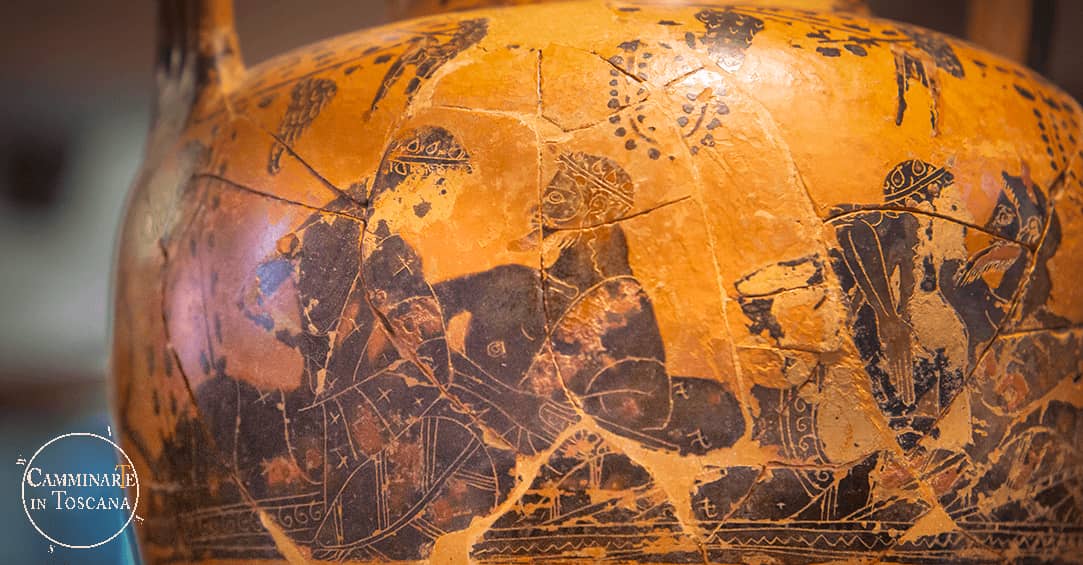
Chianti wine already on an Etruscan amphora
Autumn is one of the best times to get to know the beauties of Tuscany – and Chianti in particular. In fact, it is in this period that the grapes that will be used to make one of the most famous wines of Tuscany and Italy in the world are harvested in this micro-region between Florence and Siena: the Chianti Classico.
Therefore, if in this wonderful land, dotted with endless rows of Sangiovese, the ritual of the harvest is, as can well be deduced, a fundamental passage for the life and economy of the territory, it is even more fascinating to discover that wine has been the protagonist of the uses and customs among the inhabitants of this land since ancient times. Thanks to the archaeological findings conducted in the area, some important settlements dating back to the Etruscan era have been traced; excavations have brought to light funerary objects which in some cases have turned out to be very interesting artistic testimonies.
As already among the Greeks, the Etruscans also expressed the values and customs of their culture through artefacts – in particular urns and even earlier vases – on which scenes were represented that recalled the customs of their own civilisation.
Well, the interesting thing about archaeological research in Chianti is that some representations of the uses and customs of the ancient inhabitants of this territory are linked to what is today the most famous product here: the wine!
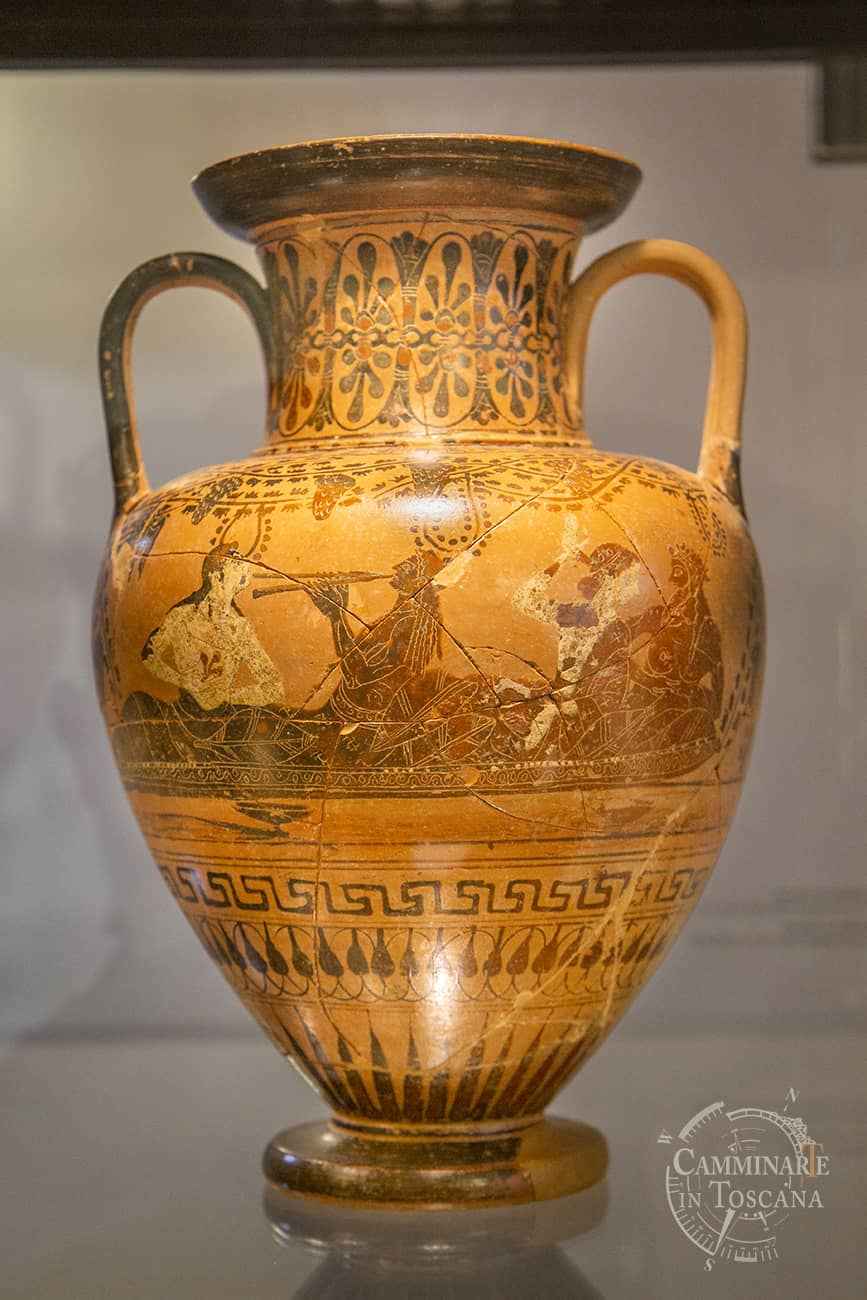
Black figure amphora with banquet scene, late 6th century BC, Archaeological Museum of the Sienese Chianti, Castellina in Chianti
An interesting black figure amphora
It is known that the banquet scenes were very numerous in both Etruscan and, even earlier, Greek tomb contexts; the cinerary urn of the deceased was accompanied in the burials by containers of various types and shapes, decorated with symposium scenes. It is also fascinating to see how sometimes the decorations of the artefacts – both native and those coming from Greek workshops – were characterised by great attention to detail. This is the case of the black-figure amphora dating back to the end of the sixth century BC, found in the Necropolis of Poggino, near Castellina in Chianti, where the central part of the artefact is occupied by a banquet scene. This artefact, which caught my attention from the first moment I saw it, is an extraordinary testimony of the culture; the vase sees the representation of banquets (five couples of men and women, lying between cushions and accompanied by the music of a flute player) are located under a pergola, where you can recognize the refined representation of wisps of grapes.
So, Yes! The grape itself, the fruit par excellence of the territory and protagonist in the grape harvest in the Chianti area, can also be seen as an object of representation on this extraordinarily beautiful Etruscan amphora; the object was an integral part of the symposium as it was one of the containers used for wine.
It is tempting to ask oneself if the pergola represented here could be the one that the deceased to whom the amphora was intended had in his own home, but it should be remembered that scholars have attributed both this amphora and the other with a warrior scene to an Athenian workshop.
The fact of finding imported objects among the grave goods of this territory is the great testimony of the opulence enjoyed by the members of the local aristocracy between the eighth and fifth centuries BC, a period in which numerous acquisitions in Etruria of luxurious oriental and Greek products.
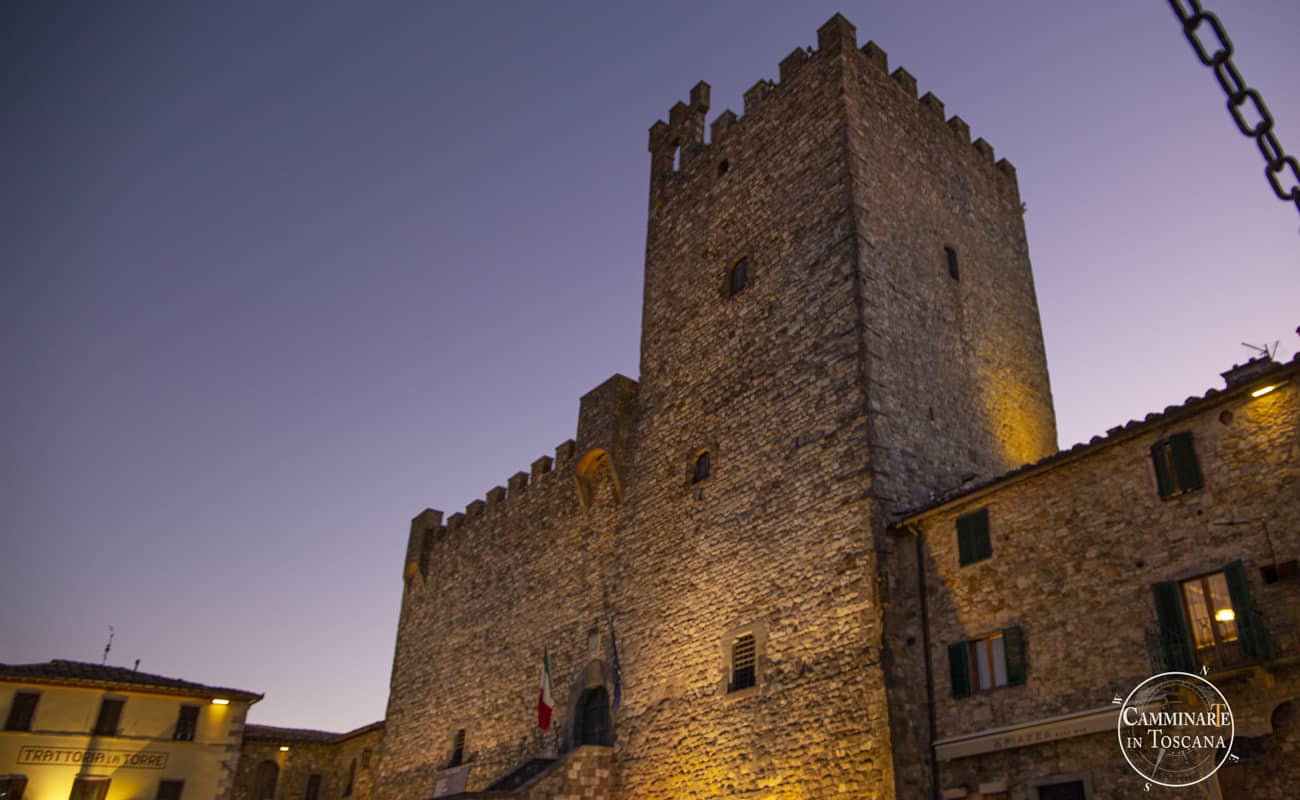
The Stronghold of Castellina in Chianti, 15th-century
The importation of artefacts from renowned Athenian and Corinthian workshops, like the Chianti etruscan amphora, was an expression, even in the decorations, of the adhesion of the Etruscan elites to Greek cultural models, as indeed the symposium scene itself bears witness. Again thanks to archaeological investigations, it has been possible to ascertain that the wealth of the aristocratic class of ancient Chianti came from the control of the transit routes that followed the waterways (Ambra, Ombrone, Pesa and Greve), and in turn were connected to the sorting centres of oriental goods, especially the Etruscan cities such as Volterra, Arezzo and Chiusi. The aristocrats therefore loved to surround themselves with precious objects and build imposing tombs.
The necropolis of Poggino and Montecalvario
The Necropolis of Poggino undoubtedly belonged to an important “clan” of the area, but even more important and powerful must have been that of Castellina, where the Necropolis of Montecalvario is truly monumental in size and the equipment found even consisted of a sumptuous war chariot.
The material of these archaeological treasures can be admired inside the Archaeological Museum of the Sienese Chianti. Thanks to the fact that it is located inside the medieval fortress of Castellina in Chianti, the museum is itself one of the jewels to visit in the area. The tour begins with the archaeological section, where the objects coming from the various excavation campaigns of the territory are exhibited, and then continues in the real fortress, where precious furnishings, such as a washbasin that belonged to the Tolomei family, make the truly suggestive environment. So do not miss the opportunity to visit the Rocca to discover that Chianti wine is a tradition already represented on an Etruscan amphora ⟣
Webliography
Museo archeologico del Chianti senese
http://www.museoarcheologicochianti.it/
consulted on 28/09/2020

